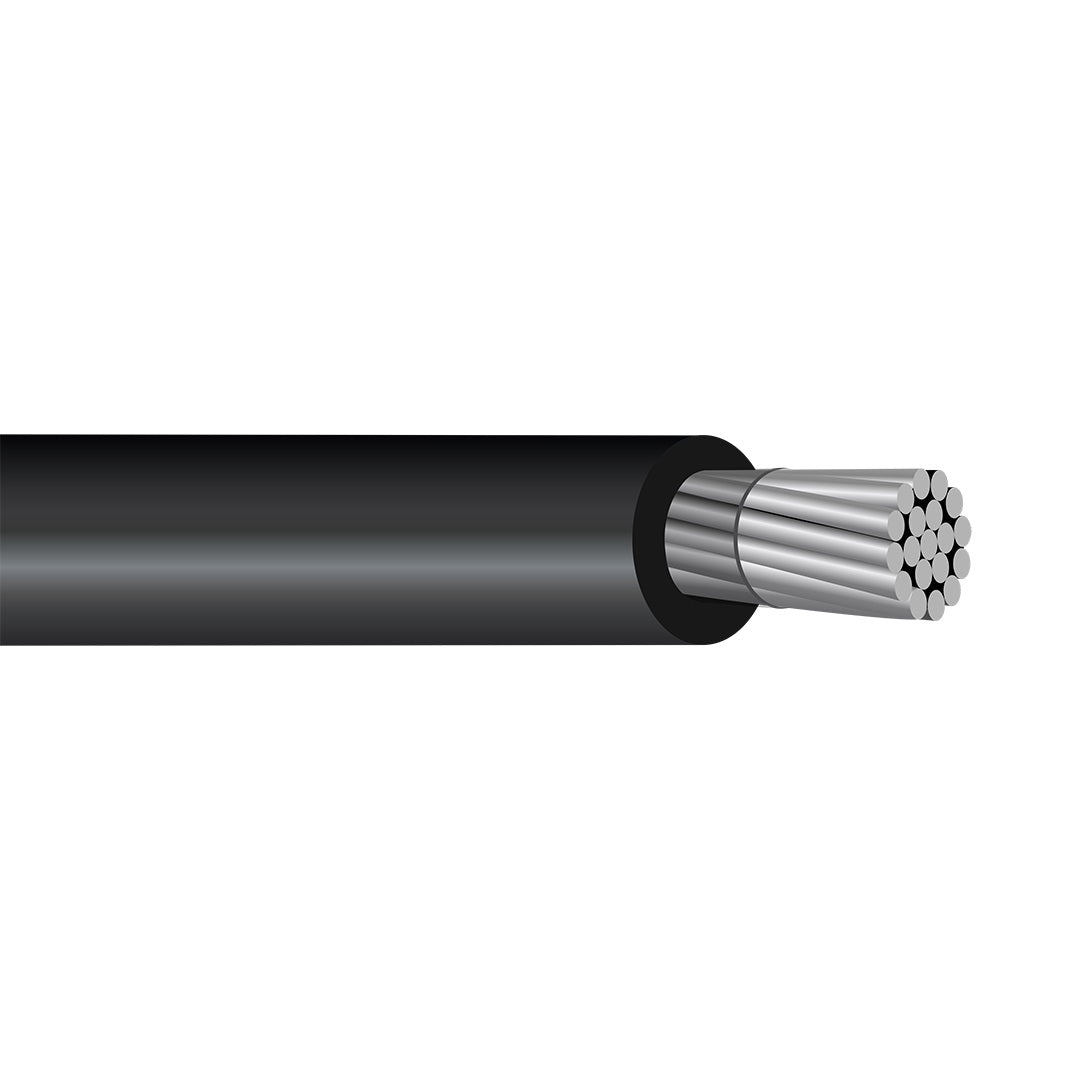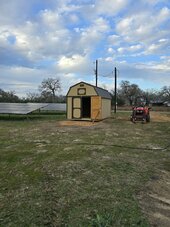First, I would ask yourself this question. Are you sure you really want to AC couple those 48 micro inverters into your system? What you have to understand about AC coupling (I know it sounds like a great idea on the surface), is this. A grid tied inverter is designed to sync to an incoming grid connection and then import as much power as possible back into the grid. So if these are IQ7s they have a rating of 250 watts. If you have an IQ7+ those have a 295 watt rating. You have 48 of these inverters. If you lose the grid, that means your system needs to be designed such that it can handle 12,000 watts. I have two inverters for a much smaller array. Now the hybrid inverter can frequency shift the micros to reduce their output, but this is not perfect and it takes some time to do that. The IQ7s may take longer to respond than an IQ8. Until the the inverter power is curtailed, the hybrid inverter must store the power into the batteries. So that means your inverter will need take 12,000 watts of AC current and be able to send 240 amps of charging current into the battery. If the batteries are fully charged when you lose power, you are going to have a real problem. I think part of the reason they are using the "Gen" terminals is that they can control it. They will just disconnect, the array until there is a significant drop in the battery charge state.
Check on this forum if anyone has been able to AC couple a 12,000 watt array.
One issue on your system is that you are using a 100 amp back feed breaker. When a panel has multiple feeds to the bus, they limit the total current to 120% of the bus limit and require the back feed breaker be on the opposite end of the panel than the main breaker. That would allow for a 40 amp breaker. Now you are removing the feed from the PV array. However when you hook your hybrid inverter "Grid" connections back into this breaker, it becomes a feeder breaker too because it will export the PV from panel back through this connection. Will this burn anything down? Probably not, but it won't pass inspection either if that matters to you.
Another thing to remember it that you are lengthening the wire run for the PV array. It will need to go all the way to the shop and then back to this outdoor panel. Because this is a power source you actually get more voltage rise the longer the distance is. If the voltage gets too high, the micros won't work. You can check out this video. They explain some things about AC coupled systems.




